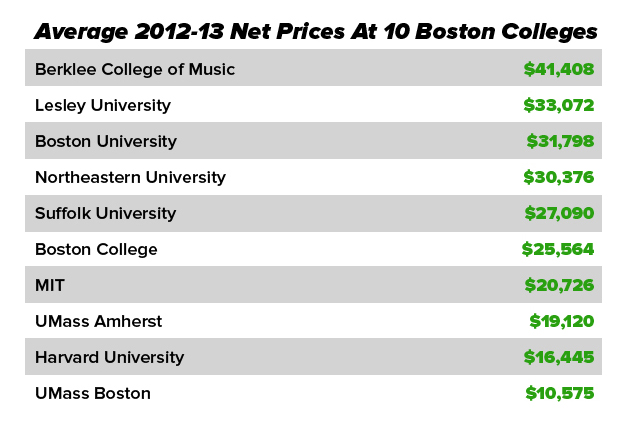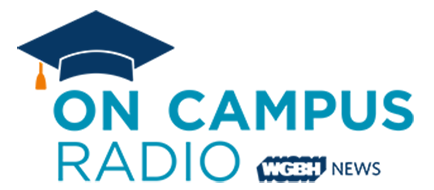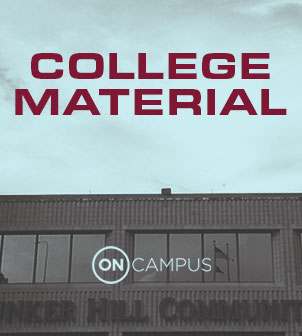
When you factor in the size of a school’s endowment and its ability to offer financial aid, it turns out, incoming full-time freshmen at the University of Massachusetts Amherst are paying more than their counterparts at Harvard. That’s according to the latest federal figures released by the Department of Education.
These figures were released as part of Washington’s push to make college more affordable. On Monday, the Department unveiled new lists of America's most and least expensive colleges. Its transparency website measures how fast college costs are increasing and which institutions have the highest and lowest net prices. Students and families can search for costs at more than 4,200 public and private, for-profit and non-profit institutions.
The lists are updated each year with data from the National Center for Education Statistics, and average net price is calculated by subtracting the amount of grants and institutional aid from the total cost of attendance. Among Boston-area private, non-profit four-year colleges and universities with some of the highest net prices are Berklee College of Music, Lesley University and Boston University.

“These lists support our efforts to make college more accessible and to help families make informed decision on the single most important investment students can make in their own futures,” Education Secretary Arne Duncan said in a statement. “Empowering students and families with this information is critical to reaching President Obama’s 2020 goal for American to once again have the highest proportion of college graduates in the world.”
The updated lists come as the Obama Administration is preparing a federal college-rating system. The administration wants to develop a system that would rank colleges and universities, tying student loan funding to certain criteria like graduation rates and tuition levels. The goal is to hold colleges accountable and provide families with information to better assess value.
“It is time to stop subsidizing schools that are not producing good results,” Obama said after announcing his plan.
Since then, college presidents across the country have widely rejected the college-rating system proposal. They’ve said a government-approved list of colleges might sound like a good idea, but could prove in the long run to be counterproductive. Tying federal aid to certain outcomes, they argue, could lead to lower admittance rates because colleges would only accept those students who are likely to succeed.
“The accounting systems that we have for tracking the cost of educating students are inadequate,” says Sandy Baum, a senior fellow at the Urban Institute . “If you look at the very large public college tuition increases in recent years, they result from declining state appropriations.”
“The issue is reigning in prices and the biggest thing we can do is push states to strengthen their funding for public education,” Baum adds. “Without solid state funding, institutions are going to keep getting more and more expensive.”
Baum says students’ price sensitivity and administrative and congressional pressure are certainly making institutions more aware, but colleges and universities can’t deliver high-quality, affordable education to more students if states don’t reinvest taxpayer dollars.










